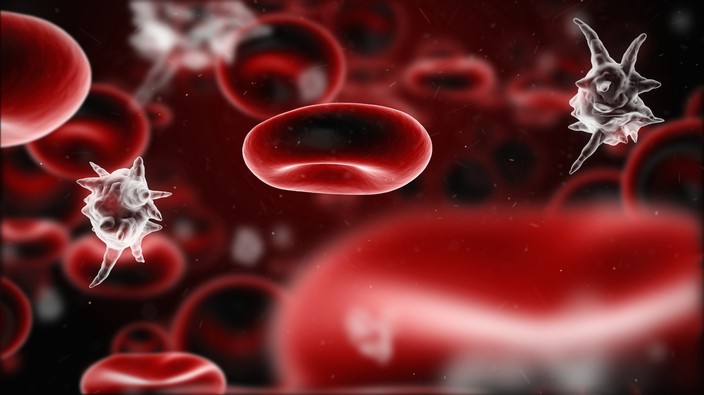sepsis
is a life-threatening condition that occurs when the immune system overreacts to an infection already present in the body. this overreaction, which can be in response to a bacterial, fungal, viral or parasitic infection, can trigger system-wide inflammation and blood-clotting, even in previously healthy tissues and organs. although not all infections lead to sepsis, when they do, patients can quickly enter a state of shock as blood pressure drops to dangerously low levels and major organs begin to shut down.
according to sepsis canada
, the risk of death increases by as much as eight per cent for every hour treatment for sepsis is delayed. the condition is not contagious but many of the infections that lead to sepsis, such as pneumonia or influenza, can be passed to others.
symptoms of sepsis
a medical assessment is necessary to diagnose sepsis and patients must have a probable or confirmed infection,
according to the centers for disease and control
. symptoms include one or more of the following symptoms:
- an elevated heart rate or low blood pressure
- confusion or disorientation
- extreme pain or discomfort
- fever or shivering and clammy or cold skin
- shortness of breath
if blood pressure drops too low — and the flow of blood to vital organs is impaired — patients can enter a state of septic shock that quickly increases the risk of death. other symptoms of septic shock include: feeling dizzy upon standing; confusion or other changes to one’s mental state; vomiting and diarrhea; and cold or clammy skin.
diagnosing sepsis
if you suspect you have sepsis, you should seek medical attention immediately. while there is no simple way to confirm the presence of sepsis, there are a series of tests that helps doctors arrive at a diagnosis.
according to the sepsis alliance
, these include:
 3 minute read
3 minute read









